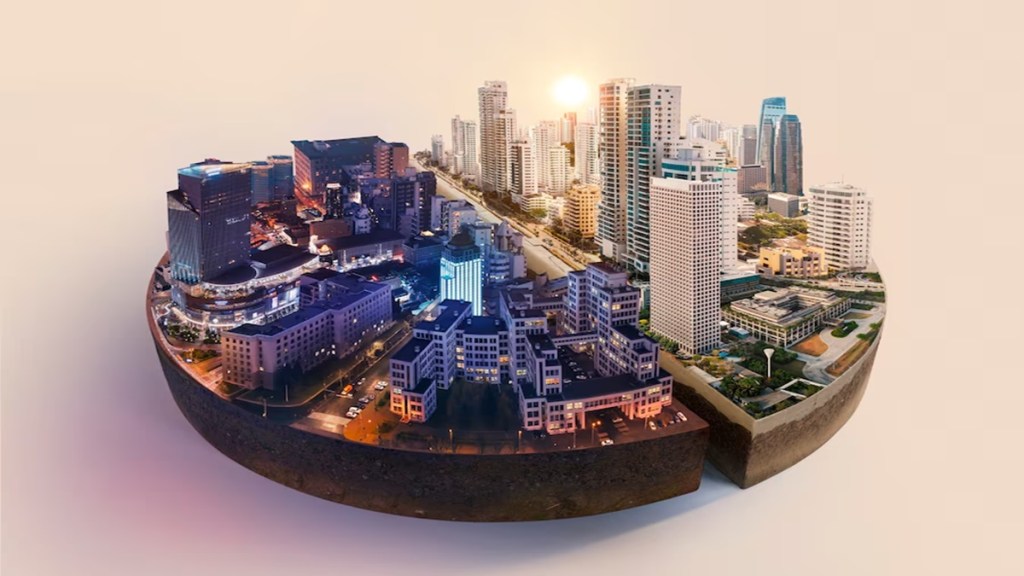Tier-2 cities or non-metros are giving tough competition to top metro cities in the country in terms of infrastructure development, as a result attracting NRIs and resident Indians to invest.
These emerging cities on account of improved life standard, good educational and healthcare facilities, competitive cost of living and rapid economic growth potential score over their metro counterparts.
The significant industrial diversification in these cities is creating a demand for varied types of real estate developments, including industrial spaces, office buildings, residential units, and commercial complexes, according to experts.
This variety broadens the scope for real estate developers to introduce targeted projects that cater to the needs of each sector, from manufacturing facilities and warehouses to IT parks and housing complexes. As these industries continue to grow, the potential for substantial returns on investment in real estate in these regions increases correspondingly.
Also Read: Investing in real estate? Here’s why non-metro cities are your golden ticket!
Mananki Parulekar, Co-Founder, Claravest Technologies, cites three main reasons why more and more NRIs and Indian residents are looking at investing in real estate in Tier-2 cities.
- Potential for Property Appreciation: Investors are optimistic about property values appreciating in Tier-2 cities due to ongoing and planned infrastructure developments. These improvements make the cities more accessible and appealing as the population expands outward seeking more space and affordability.
- Rental Returns: Rental markets in Tier-1 cities and their adjacent micro-markets are experiencing robust growth. For example, residential rents in Bangalore have increased by 31% and by 24% in Hyderabad during the first nine months of this year, according to an Anarock report. This surge in rents is making Tier-1 cities less affordable for many, pushing them to consider living in Tier-2 cities where the cost of living is typically lower.
- Investments in Plotted Development: There is a growing interest in investing in plotted land developments, where the land records are clear and no immediate construction is required. Many investors prefer to hold onto these plots and sell them later at a higher price.
Parulekar also shared insights on sectors that are experiencing the most significant demand growth in these non-metros, opening a plethora of opportunities for real estate investors and developers in these regions.
According to her, Tier-2 cities are experiencing significant growth across a diverse range of industries, presenting numerous opportunities for real estate investors and developers. She named Kochi, Lucknow, Nagpur and Surat as top Tier-2 cities, with each one of them witnessing growth of different industries.
While Kochi is seeing expansion in sectors such as information technology, industrial machinery and manufacturing, seafood production and packaging, and shipbuilding; Lucknow is thriving in information technology, textiles, and handicrafts. Nagpur is experiencing growth in information technology, fruit processing, synthetic fiber manufacturing, metal casting, and logistics. Surat is known for its diamond cutting and polishing, as well as information technology. Oragadam is a hub for the automobile industry.
On what specific types of properties or development projects are attracting investor interest outside of metro cities, and the potential returns and risks associated with these investments, she said like all investments, real estate also carries its risks.
Investors need to conduct thorough due diligence concerning the legality of their investments and this includes checking title reports, encumbrance reports, and other legal documents, Parulekar said. Additionally, investors should research the growth trajectory of the cities they plan to invest in, utilizing reports from reputable real estate analysts such as JLL, Anarock, and Knight Frank.

